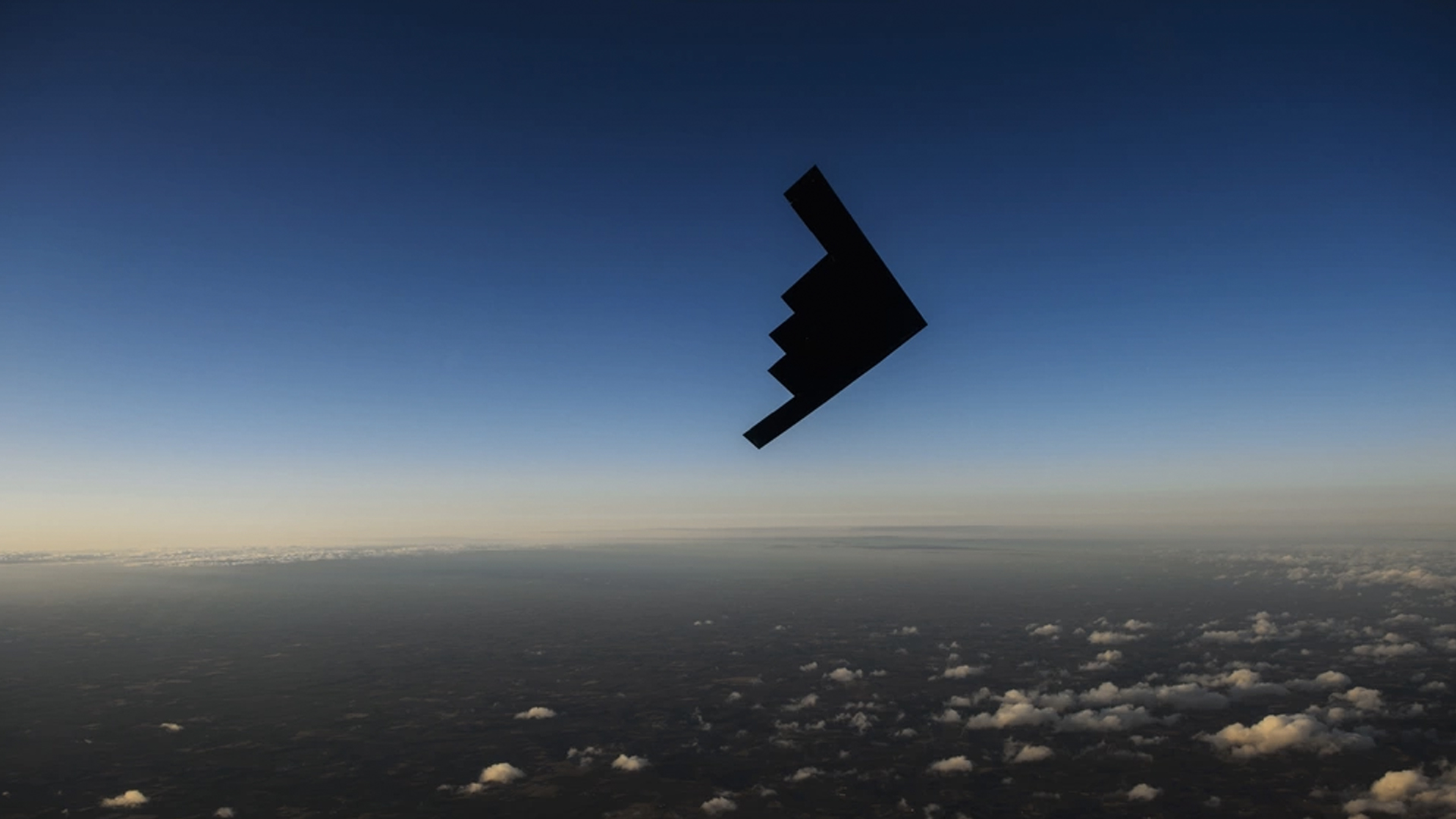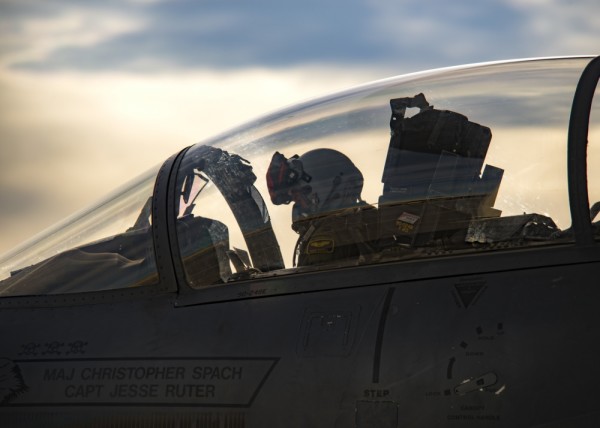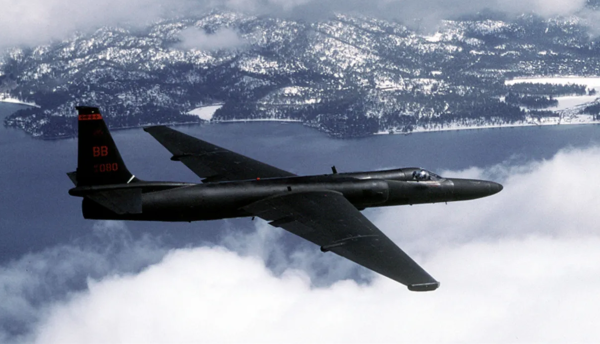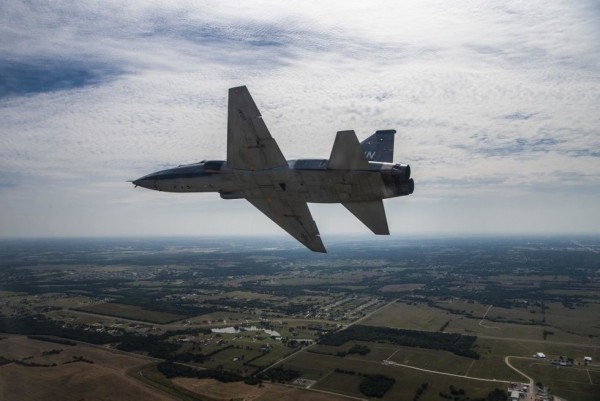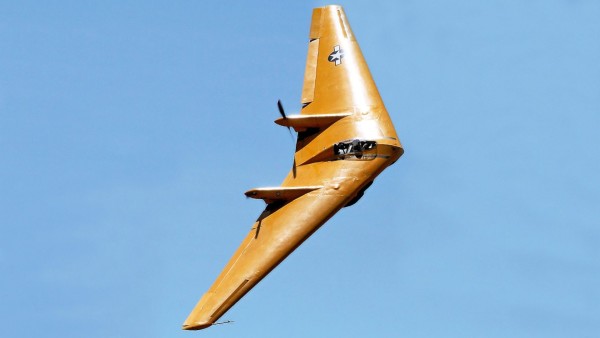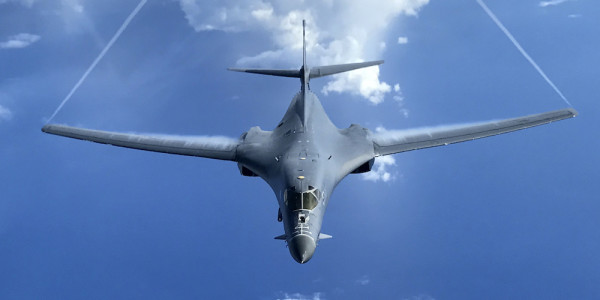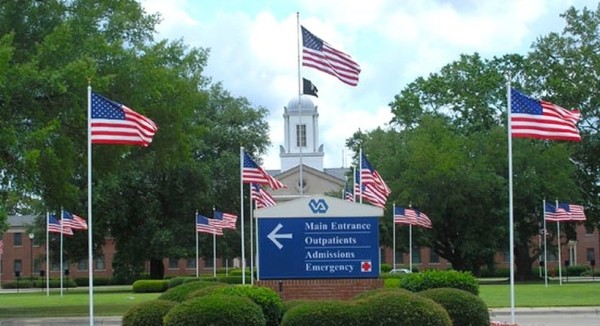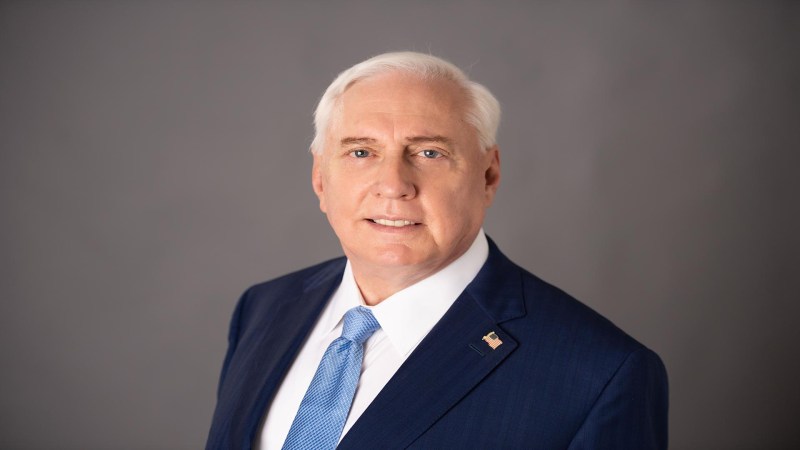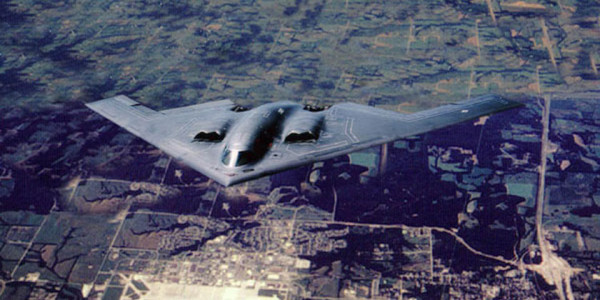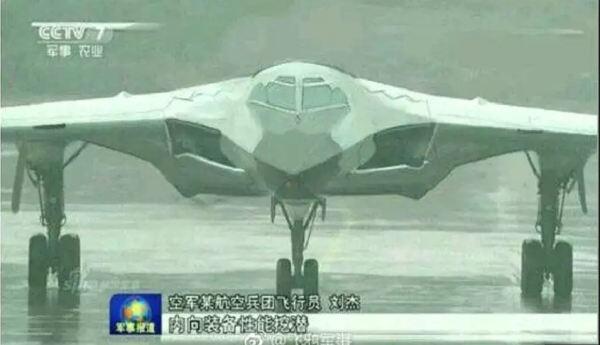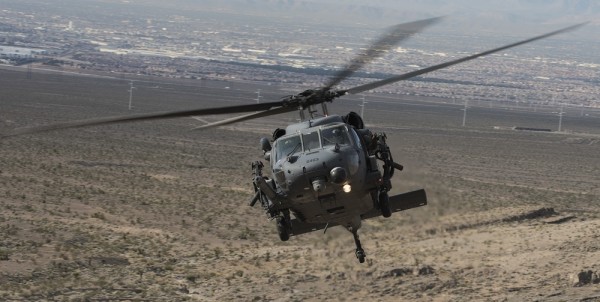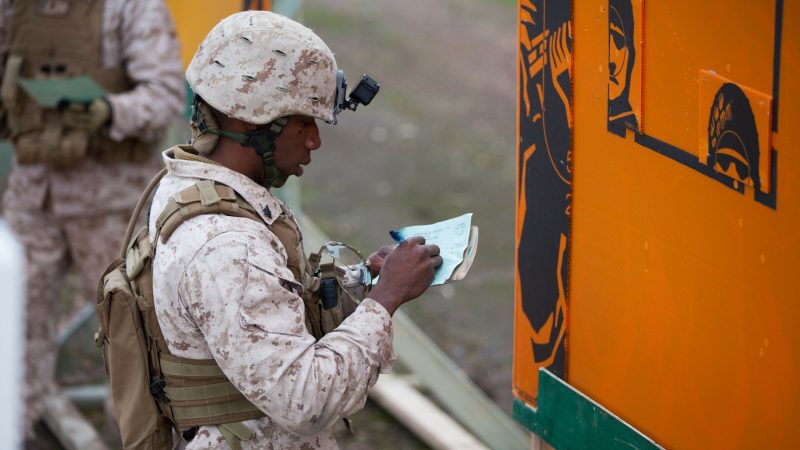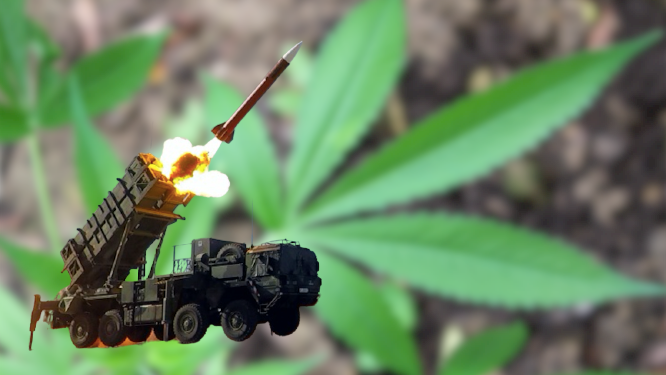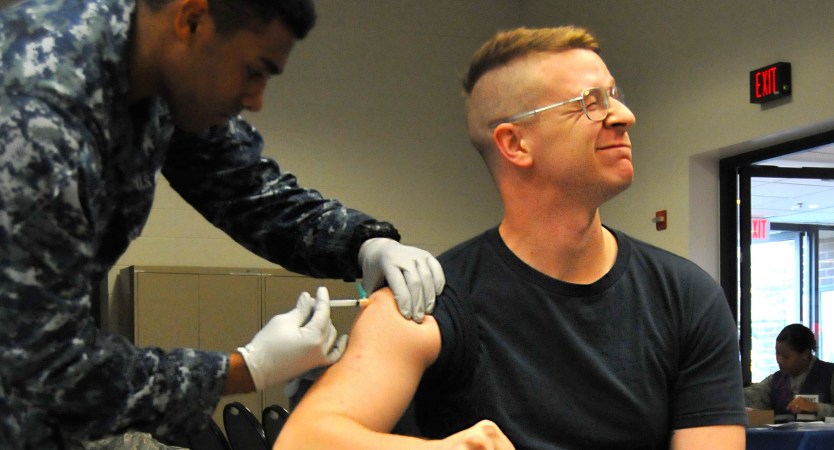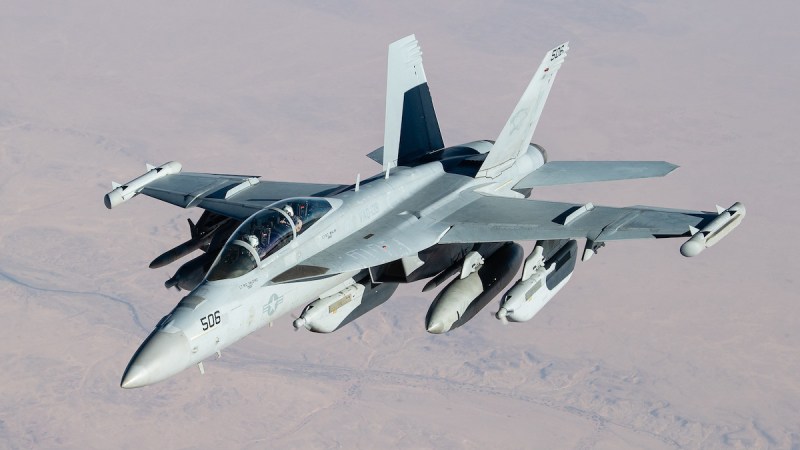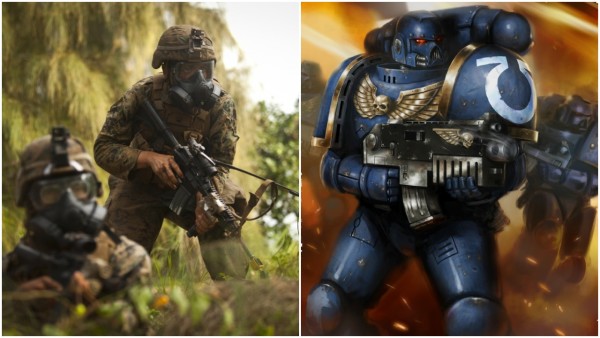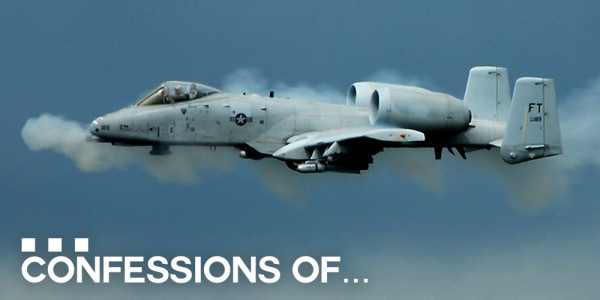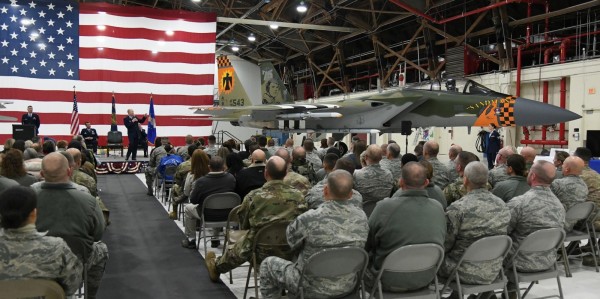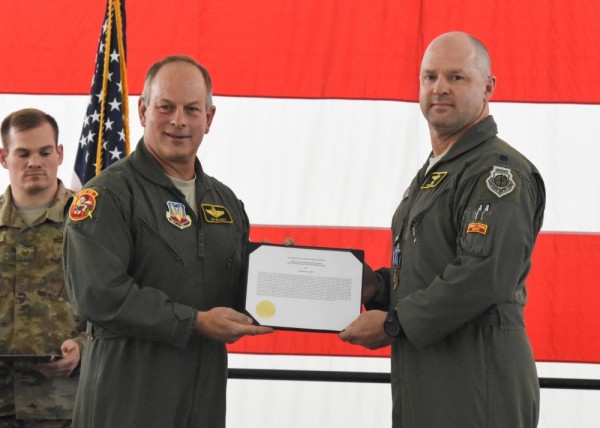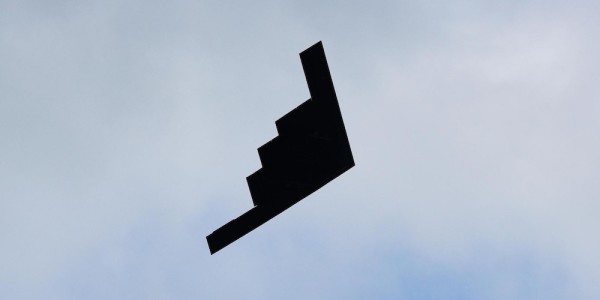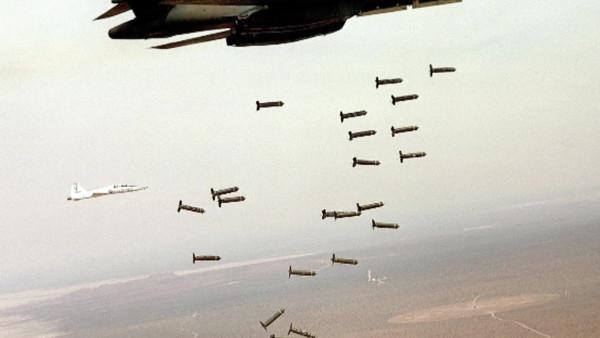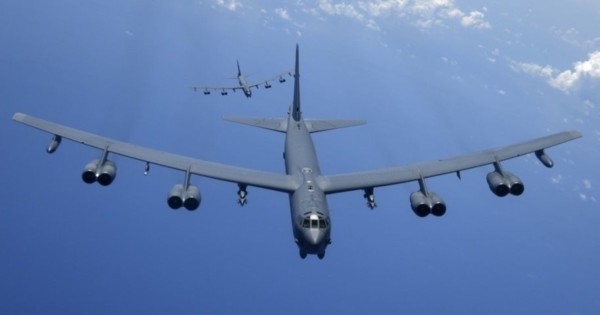That’s right, more people have left Earth’s atmosphere than have flown one of the most powerful weapon platforms on the planet. As of November 2021, more than 600 human beings have been to space, according to the New York Times. But according to the Air Force, there have been only 550 numbered pilots of the B-2 Spirit, the $2 billion long-range stealth bomber whose iconic, flying wing design makes the jet look more like a spaceship than an airplane.
Of course, human space exploration had a head start: Yuri Gagarin, the first man to fly into space, did so in 1961, while Bruce Hinds and Air Force Col. Richard Couch, the first two people to fly the B-2, did so in 1989. Still, the number of people who have flown the bomber is so low that each lucky pilot gets assigned a “Spirit Number,” which officially enters them into that rarified club. The numbering system started with America’s first stealth aircraft, the F-117 Nighthawk, which used the “Bandit Number.”
“Each program realized there would be a very limited number of assigned pilots and sensed a need to catalog that history and legacy,” said former B-2 pilot and Spirit Number 78 Frank Cavuoti in an Air Force press release on Wednesday. “These are one-of-a-kind numbers, like a numerical fingerprint that are unique and will only be assigned once and never reused.”

Not all “Spirit Number” holders are pilots. Honored guests such as senior military leaders, cabinet-level secretaries, members of Congress and exceptional enlisted service members have been invited to ride in the cockpit on special occasions and received Spirit Numbers as a result.
“It’s an honor to be one of the few, still less than 800 people, to receive a Spirit Number,” said Tech. Sgt. Elizabeth Lambert, Spirit Number 760, who took part in an incentive flight in 2021 after receiving the Thomas N. Barnes Award and 509th Bomb Wing Crew Chief of the Year, according to the press release.
“This is a once in a lifetime opportunity and I love that I get to be a part of history,” Lambert said. “Being the first female enlisted crew chief to fly in the B-2 was incredible.”
Subscribe to Task & Purpose Today. Get the latest in military news, entertainment, and gear in your inbox daily.
If anyone deserves a ride in the Spirit, it’s the crew chiefs who keep the 20 bombers in America’s inventory running, despite the aircraft’s average age of 26 years old, according to the 2022 Air Force & Space Force Almanac. A good chunk of that maintenance is spent just keeping the aircraft’s stealthy coating intact.
“Our top maintenance driver is the actual [low observable] system,” Senior Master Sgt. Steve Napier, a B-2 maintainer, told The Fighter Pilot Podcast in 2019. Napier estimated that every flight hour on the B-2 takes about 114 maintenance hours on the ground. That’s impressive even in the Air Force, where jets like the F-16 can require as many as 19 or 33 maintenance hours per flight hour, depending on how you measure it and the aircraft involved. It used to be even longer for the B-2, Napier said.

All that maintenance is worth it though, because the B-2 is one of the most fearsome arrows in America’s quiver, and stealth is the reason why it’s so scary. The B-2 can take off from its home in the middle of the country at Whiteman Air Force Base, Missouri, take on fuel from airborne tankers while crossing oceans, then slip past enemy radar to drop up to nearly 60,000 pounds of bombs on the most critical targets. Those bombs could be 500-pound unguided ‘dumb bombs’ or precision-guided munitions, long-range cruise missiles, nuclear bombs and much more. Precision-guided munitions allow a bomber to fly to a single point and release several weapons which then shoot off in different directions to hit their targets. That opens up a lot of possibilities for war planners, but sorting them out can be a headache.
“It’s somewhat easy to allocate 12 bombs and go ‘what are my 12 highest priorities,’” when working with smaller aircraft like fighters, said B-2 pilot Maj. Nick “Wolf” Anderson on the Fighter Pilot Podcast. “But when you start bringing in a 4- or 8-ship [of B-2s] and you’re in the 400+ number [of targets] … how do I pick 400 points over the space that I want to drop on?”

Depending on the desired effect on the enemy, those targets could be a runway, fuel depots, infrastructure, fighters on an open ramp, or more, Anderson said. Nailing down a final list of targets and how to destroy them is part of what makes being one of the two B-2 pilots in the cockpit so demanding. Anderson said that flying the B-2 is fairly simple, despite its unusual flying-wing design. Instead, what takes up most of the crew’s brainpower is communicating with planners back home and other pilots in the strike package as the targets are planned out literally on the fly. Anderson said the cockpit can sometimes feel “like a stock-trading floor.”
The cockpit is “controlled chaos in the sense of everyone’s typing as fast as they can,” Anderson said, referring to the laptops B-2 pilots plug into their aircraft to stay in touch with commanders back home. “You’re talking on the radios before the fight, you’re sending emails for updates on target sets and threats, you’re changing your game plan, you’re relaying that to the fighters. That’s kind of the controlled chaos.”

Keep in mind that unlike fighter pilots, who usually fly a handful of hours at a time, a B-2 mission might last 24 or 40 hours as the bomber travels from Missouri to the other side of the world and back again. Anderson said the cockpit is the size of the interior of an average family sedan, with the front half taken up by ejection seats and flight controls, the back-right taken up by a toilet with “blue juice” in it, and the back-left holding a sleeping bag or a blow-up mattress and a few other creature comforts.
“It’s definitely not five stars but we do bring a cooler and then we have a convection oven that’s built into the aircraft, so it’s honestly not bad,” Anderson said. “And it’s got the best view in the world. You look out the windows and the sun’s rising or the sun’s setting and the amenities don’t matter. You treat it more like camping.”
But all the chatter, shut-eye or “controlled chaos” stops when the B-2 emerges from its trans-oceanic voyage over enemy territory, where it’s time to stay quiet. The B-2 is a slow aircraft that can’t outmaneuver or outrun most threats, so maintaining stealth is the only way the pilots will get home alive.
“The whole mentality of the B-2 [is] if I’m doing anything that highlights myself, then that’s bad,” Anderson explained. “We’re not talking on the radio, we’re not emitting virtually anything unless we absolutely have to. We practice completely silent com-out strikes … we’re breaching into that country and we don’t need to talk on the radios and really noone does because everyone has a plan and a task and they go execute that task.”

Staying silent, managing controlled chaos, and having the endurance to fly incredibly long missions over enemy territory are some of the traits that make B-2 pilots special. That, along with the fact that there are only 20 B-2s in the world, might explain why there are so very few of them.
“To a B-2 pilot, the Spirit Number represents a shared sense of connection to a very special program and signifies the spirit, pride, tradition, heritage and esprit de corps shared among the very few fellow B-2 Spirit pilots,” said Cavuoti, Spirit Number 78, in the Air Force press release. “They all know the awesome responsibility and privilege of flying a national asset of unspeakable power and being ready anytime, anywhere.”
The latest on Task & Purpose
- Navy fires nuclear submarine captain after only 8 months on the job
- Which Marine Corps boot camp is tougher? This Marine experienced both
- Air Force relieves medical squadron commander after barely a year on the job
- Airmen acted on ‘gut feeling’ when they rescued 8 people from a circling bull shark
- The Army may ditch alcohol restrictions for soldiers in the barracks
Want to write for Task & Purpose? Click here. Or check out the latest stories on our homepage.

